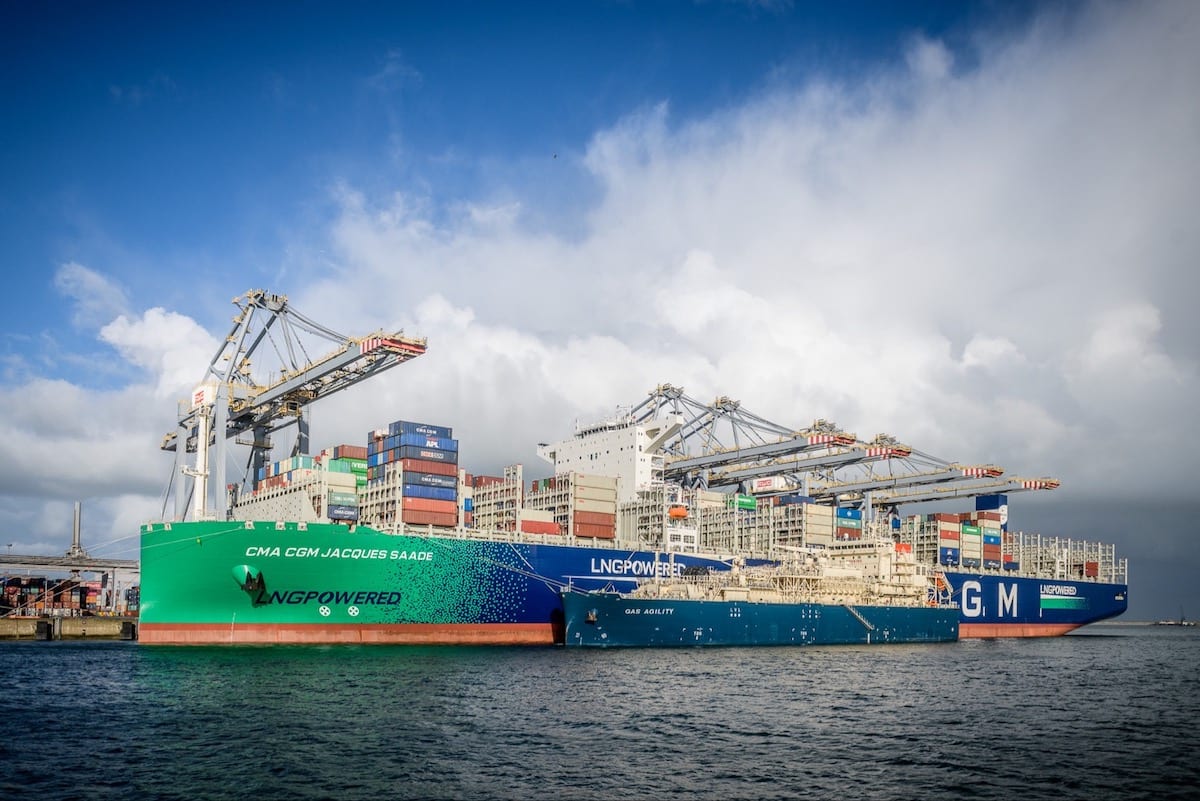Vale Brasil, Image Credit: Agencia Vale
By Juan Pablo Spinetto
(Bloomberg) — Vale SA earnings excluding items slumped to the lowest since 2009, in line with estimates, as the world’s largest iron-ore producer faces shrinking Chinese steel demand.
First-quarter adjusted earnings before interest, taxes, depreciation and amortization, or Ebitda, dropped 61 percent to $1.6 billion from a year earlier, the Rio de Janeiro-based company said Thursday. That compared with a $1.55 billion average estimate of 11 analysts compiled by Bloomberg and was the lowest Ebitda since the second quarter of 2009.
Top global miners including Vale, Rio Tinto Group and BHP Billiton Ltd. are raising output of the steel-making ingredient in a strategy that seeks to capture market share from smaller, higher-cost rivals. The plan coincided with an unexpected contraction in Chinese steel demand, resulting in a supply glut that sent prices to the lowest in a decade.
“Weak market fundamentals continued to undermine prices, with soft demand from Chinese steel mills and strong seaborne supply,” Vale said in the statement released before the start of trading in Brazil. “We expect some improvements in the Chinese steel demand as the property sector responds” to current government easing measures and possible new action.
On a net basis, Vale reported a quarterly loss of $3.12 billion compared with net income of $2.52 billion a year ago.
Currency Loss
The Brazilian real was the world’s worst-performing major currency in the past six months, prompting Vale to report net losses in three consecutive quarters as costs to serve its $24.8 billion net debt increased. First-quarter capital expenditure was $2.2 billion, down $377 million from a year earlier.
Sales declined 34 percent to $6.24 billion in the quarter compared with the $7.42 billion average of 11 analysts’ estimates compiled by Bloomberg. Vale sold its iron ore at an average $46.01 a metric ton, down from $94.79 a year earlier. Selling prices for copper also fell and nickel was stable.
While iron ore entered a bull market last week after BHP said it will defer port works in Australia, benchmark prices averaged about half the value of a year earlier. Ore with 62 percent content at Qingdao fell 4.6 percent to $57.13 a ton on Wednesday after hitting the highest level since March 4 a day earlier, according to Metal Bulletin Ltd.
Oversupplied Market
“We continue to see an oversupplied iron-ore market ahead and view the recent recovery in spot prices as transitory,” Banco Santander SA analysts led by Felipe Reis in Sao Paulo said in a note Wednesday. “China finally will enter a period of lower production, negatively affecting iron-ore demand.”
Steel consumption in the Asian country is set to decline this year as demand from the property, auto, ship and appliance industries weakens, the China Iron and Steel Association said Wednesday, adding that the country’s apparent crude steel demand fell 6 percent in the first quarter.
Vale, the largest nickel producer, also said shipments of the base metal grew 4.6 percent to 68,000 tons in the first quarter while copper volumes jumped to 98,000 tons.
The shares of the company led by Chief Executive Officer Murilo Ferreira slumped 7.9 percent in Sao Paulo on Wednesday, the most since August 2011, extending a 12-month drop to 35 percent.
©2015 Bloomberg News
Unlock Exclusive Insights Today!
Join the gCaptain Club for curated content, insider opinions, and vibrant community discussions.

 Join The Club
Join The Club













